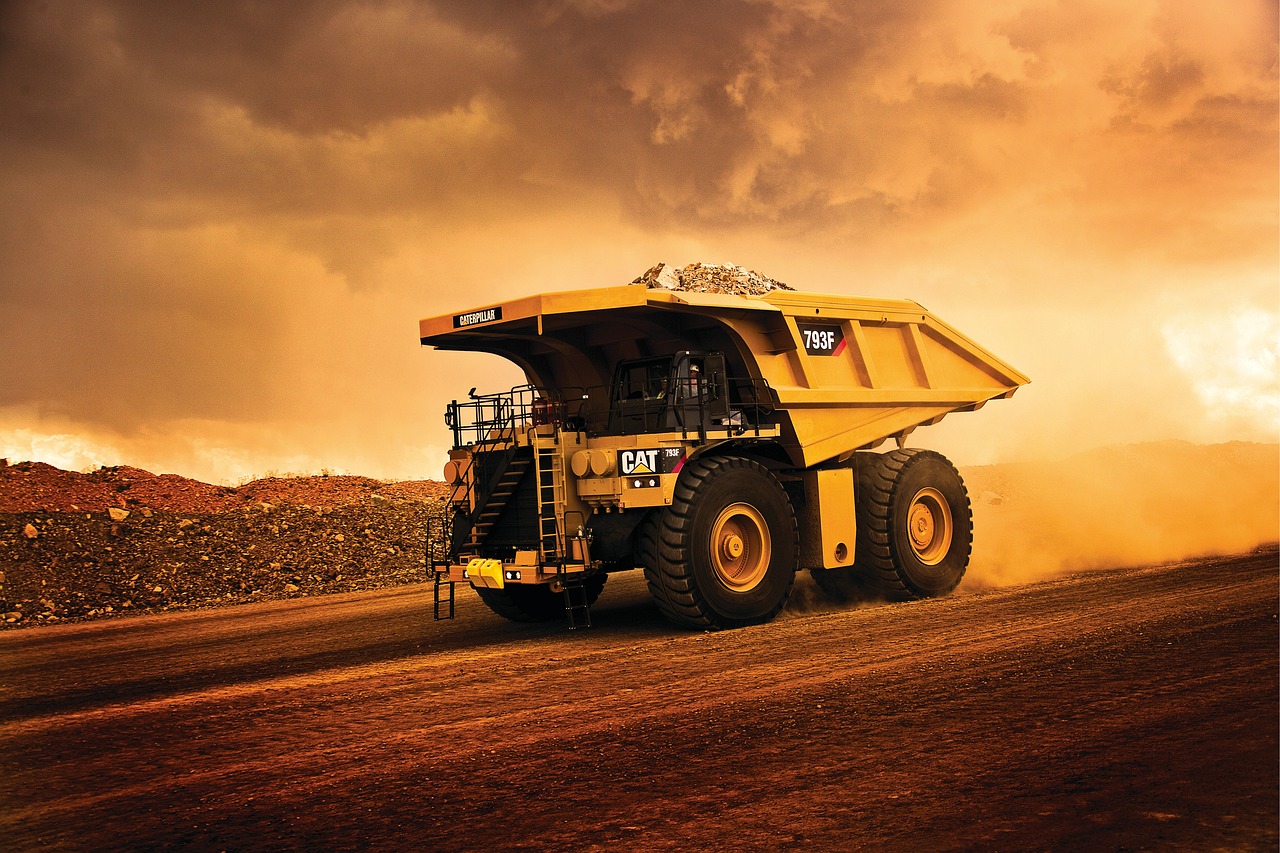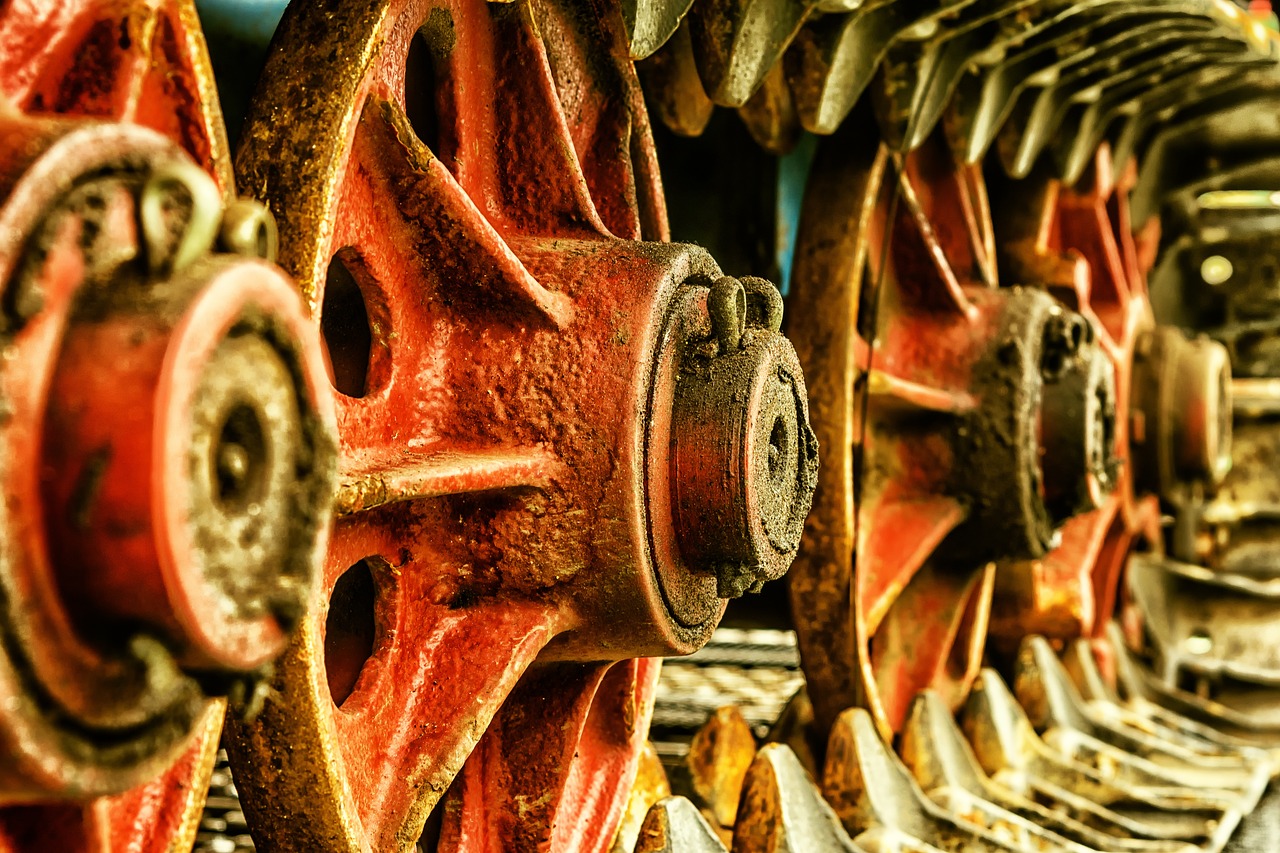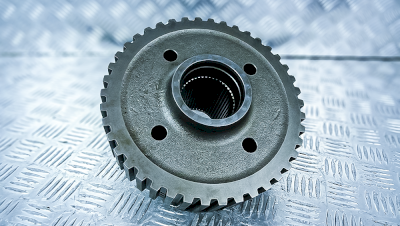Fast Back
Tips and Advice
The good condition of the drivetrain not only affects the machine's performance, especially in challenging terrain, but also the comfort and safety of the operator.
Unfortunately, many machine owners overlook the condition of drivetrain components, which is the main cause of sudden and costly breakdowns. These can be avoided, but it requires adhering to basic operating principles, which we outline in our guide.

Critical drivetrain components
The undercarriage of a construction machine hides many parts that undergo natural wear and tear during intensive work. It is particularly important to regularly check the condition of differentials and axles, as their repair or replacement entails significant cost and downtime for the machine.
Frequent checking of the oil level in differentials is important, as any leaks indicate that axle seals may likely need replacement.
Another crucial element to monitor is any play in the drive shaft, as it requires immediate attention; otherwise, the machine will be less efficient and more difficult to operate. Meanwhile, worn-out universal joints can pose a safety risk to the operator.
Regular tire replacement is essential!
Tires are perhaps the most neglected component of the drivetrain in wheeled machines. Yet, they are often the most prone to failure, usually due to owner neglect. It's not advisable to extend the tire service life forcibly.
Worn-out tires should be replaced with new ones, preferably in the size recommended by the machine manufacturer.
We also pay attention to the condition of the rims. If they are heavily worn, loose, or bent, they should be replaced as soon as possible. Otherwise, it may negatively impact the condition of other drivetrain components, especially the axles.

Monitoring track operation
Track machines often experience freewheeling failures. Such a malfunction can be fairly easy to detect - simply listen to the operation of the system. If disturbing metallic sounds are heard from the undercarriage, it often indicates a freewheeling failure.
Operators should also occasionally check if both tracks are working evenly. If not, the fault usually lies with a damaged drive motor.
Finally, it's worth mentioning the need to check whether there is a noticeable drop in machine performance after the engine has warmed up. Such a symptom may indicate a drivetrain fault that should be diagnosed by a professional service.
